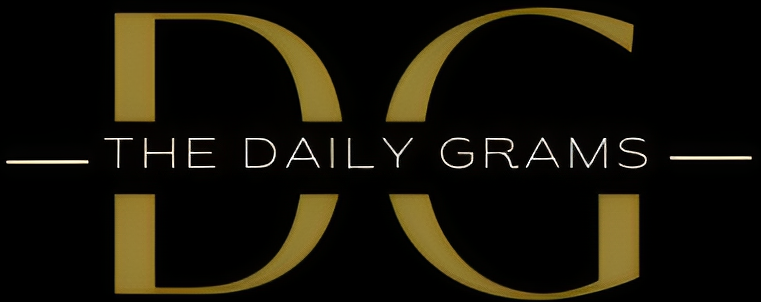Investors navigating the precious metal market have recently experienced a whirlwind with gold and silver prices showing signs of weakening. After gold’s impressive 7% surge in October, driven by a surge in safe-haven asset demand amid Middle East tensions, both metals are encountering a dip. Despite hitting its highest peak in US bond yields since 2007, gold managed to shine. However, the subsequent significant dip in bond yields at the month’s commencement did not immediately favor gold prices.
Investors’ favoritism for stocks and bonds over gold stems from the precious metal’s lack of dividends, interest, and additional storage expenses. Additionally, global indicators hinting at peaking inflation and gold’s proximity to its all-time highs have led to some investors taking a cautious stance. They seem hesitant to engage at current levels and are awaiting a more significant price dip before making investment moves. However, with the weaker yields, potential buyers are closely observing opportunities for potential market entries.
The possibility of yields dropping further lies in upcoming US economic data, especially the UoM’s consumer sentiment survey and the subsequent week’s retail sales and crucial inflation data. Recent months have witnessed surprising increases in US inflation rates, defying market forecasts. A substantial dip in the Consumer Price Index (CPI) in the upcoming data could strengthen the narrative of “peak interest rates,” potentially influencing the dollar and buying gold.
Monitoring China’s economic indicators, the world’s primary gold consumer, is also pivotal. With upcoming retail sales data and signs of improvement in recent Chinese macro indicators, any positive surprises could benefit the gold market.
It’s essential to stay watchful for potential market reversals as both gold and silver approach significant support levels. Notably, silver appears to offer higher potential for upside movement compared to gold, particularly as the gold-silver ratio begins a descent from a crucial resistance zone in the 87.25 to 88.00 area.
